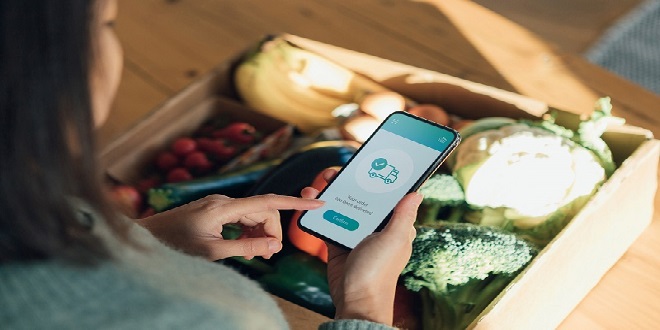
COVID-19 has changed the way Filipinos shop. From the usual in-store shopping, thousands flocked to online stores to buy necessities—including groceries and fresh produce! It’s true that there are many who are already used to online shopping. Still, there were those who needed time to get used to the practice when the pandemic struck.
As the quarantine restrictions are eased later on, more shopping establishments also resumed their operations. However, there are still limitations in place. In fact, it will likely take a while before things are back to normal.
In the meantime, here are some tips so that you can shop safely during COVID-19. The good thing about these best practices is that they’re also quite useful even when there are no pandemics or health emergencies.
Using Cashless Payment Options
Shopping involves exchanging money, which means putting yourself in close contact with other people who may be asymptomatic carriers of the virus. Luckily, there are now a lot of ways to pay for your purchases that don’t involve physical money. Even better is that there are a variety of cashless payment options that you can use for both online and in-store shopping.

When you shop online, choose to pay for your purchases using bank transfers, virtual cards, or e-wallets. As much as possible, avoid cash on delivery. This way, when your order arrives, you only have to receive the package—less contact, less risk of getting exposed.
Meanwhile, in-store cashless options include paying through debit or credit cards. See if you can find stores that offer tap-to-pay options. This way, you don’t have to hand over your card and instead just wave it in front or on top of a scanner. You can also use e-wallets where you can simply scan the QR code of the store to pay for your purchases.
Keeping Your Distance
One of the biggest community quarantine rules to prevent the spread of COVID-19 is physical distancing. Ideally, you should be at least 6 feet away from another person to reduce the risk of infection. This is a good rule to follow, even once the pandemic passes.
For online shopping, it’s best to minimize contact with the delivery person. If you can, provide a container where the package can be placed. Maintain your distance as well when handing over IDs or delivery fees.
Just remember that there are a lot of diseases that are airborne, including COVID-19, the common cold, and the flu. With proper distance, you’re less likely to catch infectious droplets and particles.
Wearing Your Mask
Another good practice that you should definitely carry well beyond the pandemic is wearing masks, especially in public and crowded places like the mall or supermarket. Even if you’re not sick, others around you might be (and vice versa). Thus, wearing your mask can help protect you and other people.
Meanwhile, if you’re fond of online shopping, you can still practice wearing your mask when receiving your orders. Again, you may not be sick but the delivery person may be unknowingly carrying a virus. It’s better to be safe than sorry.
Washing Your Hands Properly
Health experts agree that proper handwashing is one of the best ways to avoid the spread of disease. Most of us have been taught to wash our hands before and after preparing food, before and after eating, and after using the toilet or handling garbage. With COVID-19, people began washing hands after spending time outside and especially after touching ATM keypads, shopping carts, and the like.
After the pandemic, it’s best to keep up with the habit. If you can’t wash your hands, make it a point to bring a bottle of 70% alcohol or hand sanitizer for quick disinfection.
Making a Shopping List
There are many benefits to making a shopping list before you go to the supermarket. For one, it will save you money because you won’t be buying things that you don’t really need. It also makes your shopping trip faster, which means you can limit your outside exposure.
For online shopping, a list can ensure that you won’t forget any items. This can help minimize the delivery fees, which can quickly add up if you shop often.
In both cases, make sure that your shopping list is as detailed as possible. Include alternative brands if your preferred one isn’t available. For groceries and home needs, you should also check your stock at home to avoid buying duplicates.
Avoiding Crowds
Specifically for in-store shopping, it’s advisable to pick times when it isn’t as busy. You’ll spend less time lining up at the counter, and there will also be fewer shoppers around. Again, the goal is to limit your exposure to people and environments where you can catch a disease.
Once the threat of COVID-19 becomes more manageable, it will take another period of adjustment before things really go back to normal. Once they do, it’s not a sign to completely forget the lessons you learned during the pandemic. By continuing to practice these habits and by being more considerate, you can contribute to the better health of your fellow citizens.
Happy safe shopping!



